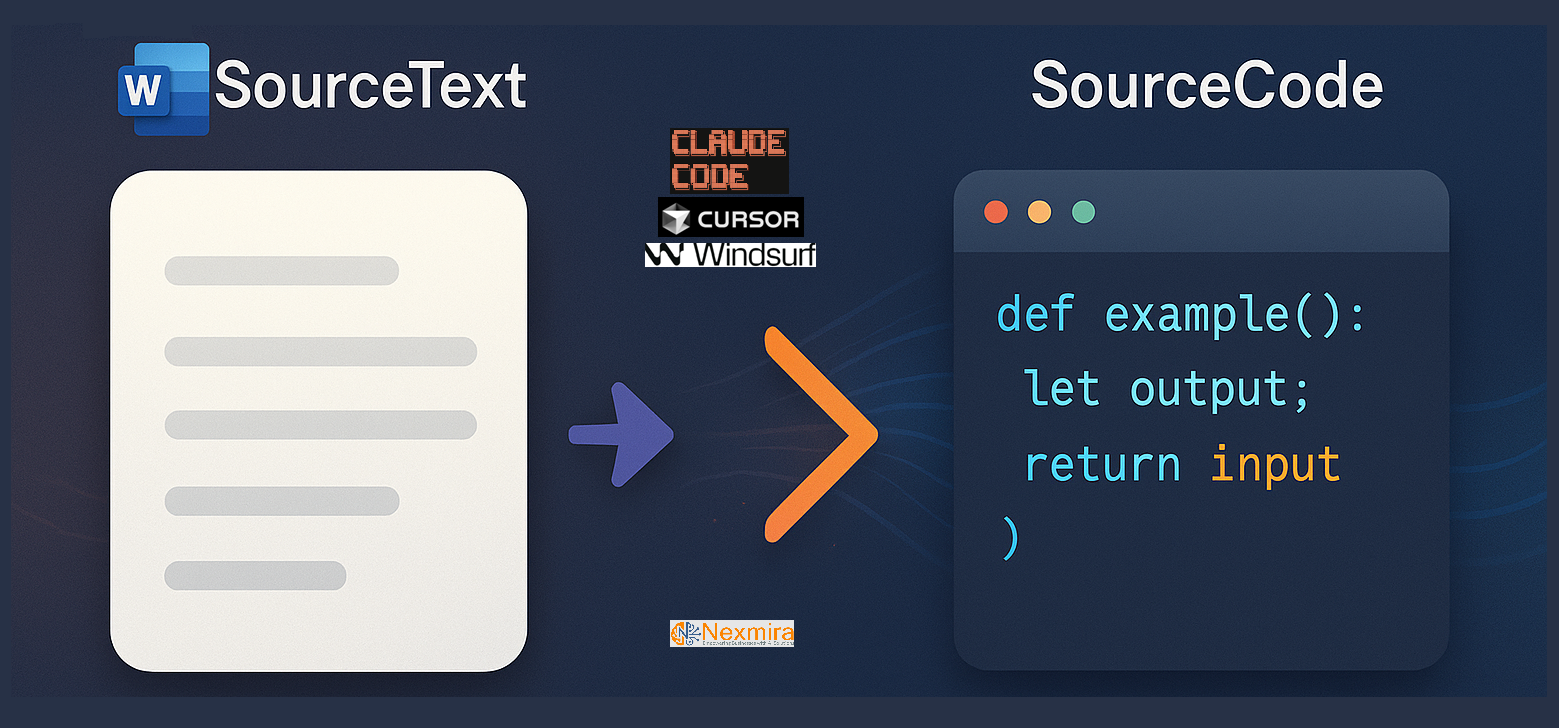Let’s be honest — working in higher education as professional staff can sometimes feel like trying to hold a system together with duct tape and goodwill. There’s the constant juggle of projects, meetings, student support, reporting deadlines, and unexpected requests that land in your inbox at 4:59 pm. That’s on a good day. Now add real life into the mix — a sick child, a leaking roof, a vet visit — and the already-heavy workload becomes borderline unmanageable.
And it’s not just about being busy. It’s about structural challenges that keep resurfacing:
- We don’t always have enough resources or people to do the job well.
- Documentation is patchy (if it exists at all). Too often, knowledge lives in someone’s head rather than a shared system.
- New platforms and processes are introduced at lightning speed, and we’re expected to “just figure it out.”
- There’s the gap between academic and administrative sides — different languages, expectations, and priorities that can lead to frustration on both ends.
- Student enquiries never stop, whether it’s about enrollment procedures, course requirements, or urgent support needs that arrive after hours.
It’s a lot. And for many of us, it’s starting to take a toll.
Where AI Fits Into Higher Education Workflows
AI doesn’t need to be flashy or futuristic to be useful — it just needs to be practical. Imagine this:
- An AI tool takes notes during a Zoom meeting and sends out a clean summary within minutes.
- You feed it a wall of policy text, and it gives you a clear, plain-English summary.
- It helps you respond to that tricky email you’ve been dreading — and even gives you three tone options to choose from.
- You’re planning a new initiative and need a few fresh angles — AI throws you ideas to build on, not replace your thinking.
- An intelligent chatbot handles routine student enquiries about enrollment deadlines, course prerequisites, and campus services, providing 24/7 support while freeing you to focus on complex cases.
This isn’t about robots taking over our jobs. It’s about having a second brain, or a smart assistant that never gets tired, helping you breathe a little easier.
Beyond Efficiency: AI for Professional Wellbeing
When you’re drowning in admin, even small wins feel like lifelines. If AI can help reduce that pile, we’re not just talking about saving time — we’re talking about reducing stress, preventing burnout, and making room for real thinking.
And beyond our own desks, there’s wider potential too:
- We can start capturing undocumented processes so teams aren’t always reinventing the wheel.
- AI can support training when new systems roll out — no more relying on that one colleague who knows how to do everything.
- We might even start building better bridges between professional and academic staff — tools that translate, summarise, and clarify can help break down silos and build shared understanding.
- Automated student support systems can provide 24/7 assistance, crucial for students juggling work and study.
Practical AI Applications for Australian Universities
Student Support and Enrollment
AI-powered chatbots can revolutionise how institutions handle student enquiries. From prospective students asking about course entry requirements to current students needing urgent support with enrollment issues, intelligent systems can provide instant, accurate responses while escalating complex cases to human staff.
Compliance and Reporting
With stringent compliance requirements, AI can help streamline documentation processes, flag potential issues early, and ensure reporting deadlines aren’t missed.
Knowledge Management
Universities often struggle with institutional knowledge walking out the door with retiring staff. AI can help capture, organise, and make accessible the wealth of procedural knowledge that keeps institutions running.
Addressing Concerns: Responsible AI Implementation
But let’s be clear: AI isn’t magic. There are valid concerns we need to address:
- Privacy — especially when working with sensitive data.
- Accuracy — because even clever tools get it wrong.
- Equity — making sure access and training aren’t just for the lucky few.
- Overuse — AI is a tool, not a replacement for human judgement.
That’s why implementation matters. Universities need to provide clear guidelines, encourage safe experimentation, and invest in staff support — not just in the tools, but in people learning how to use them well.
A Vision for the Future
If I had one wish for how AI could change our work lives, it would be this:
Let it help us focus on what matters — not just the urgent, but the meaningful. Let it free us from the admin churn, so we can reconnect with the parts of our job that involve thinking, helping, building, and caring. Because that’s why most of us got into this space in the first place.
Conclusion
AI in higher education isn’t about replacing the human element — it’s about amplifying it. By automating routine tasks, improving student support through intelligent systems, and helping staff manage complexity, AI can restore some balance to professional staff workloads.
The technology is here, practical, and increasingly accessible. What we need now is thoughtful implementation that prioritises staff wellbeing alongside efficiency gains.
If you’re exploring how AI solutions like intelligent chatbots can transform your student support processes while reducing administrative burden, we’d love to discuss how tools specifically designed for educational institutions can make a real difference to your daily workflow.
Frequently Asked Questions:
How can AI help with compliance requirements?
AI can streamline documentation processes, automate routine compliance checks, and help ensure reporting deadlines are met by providing alerts and generating summary reports from complex policy documents.
Will AI chatbots replace human student support staff?
No. AI chatbots handle routine enquiries (course information, deadlines, basic procedures), freeing human staff to focus on complex student needs requiring empathy, judgement, and personalised support.
What about student data privacy?
AI systems for education must comply with privacy laws. This means choosing solutions with proper data governance, encryption, and audit trails to protect sensitive student information.
How can smaller institutions afford AI solutions?
Many AI tools offer scalable pricing models starting with basic functionality. The key is to start small with high-impact use cases like student enquiry automation, then expand as benefits become clear.
What’s the best first step for implementing AI in higher education?
Start with a pilot project in student support or administrative automation. Choose a specific, measurable problem (like reducing response times for common student enquiries) and test AI solutions in a controlled environment.


